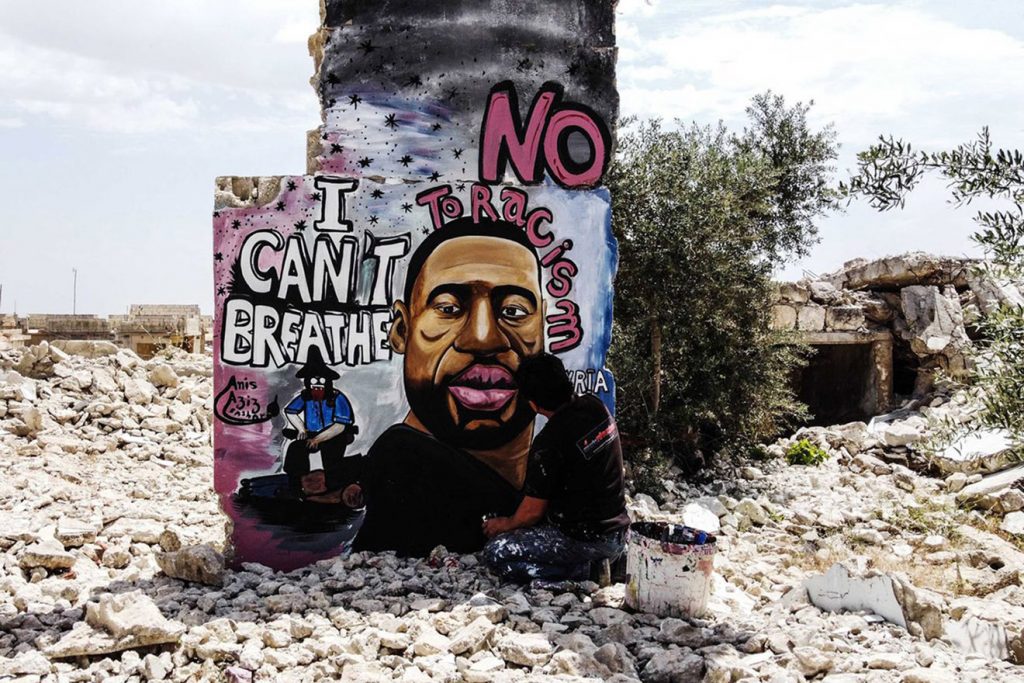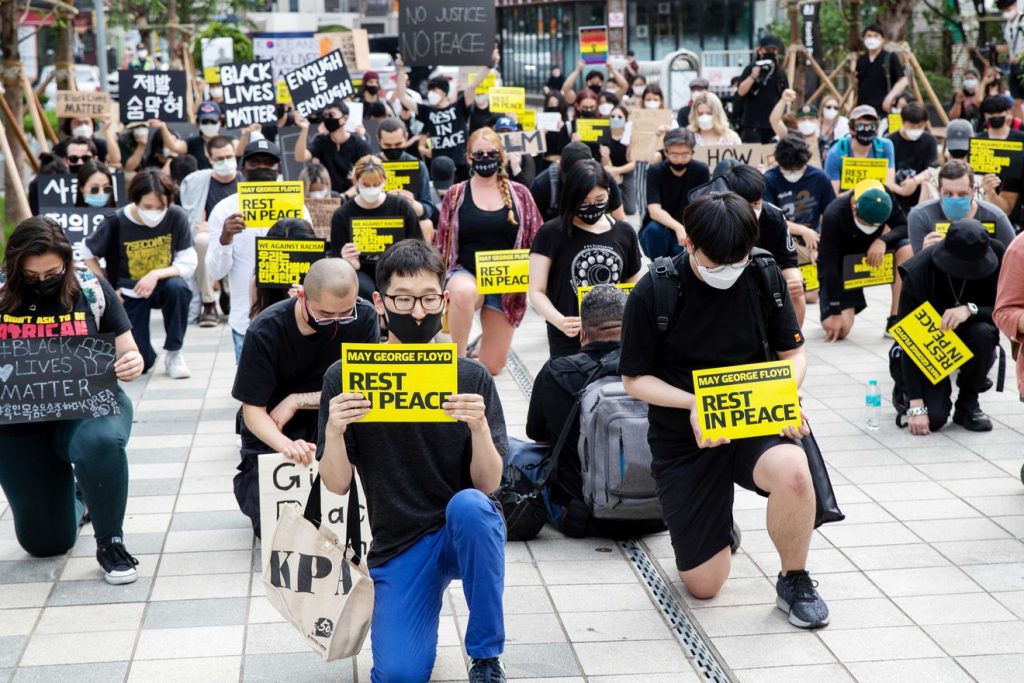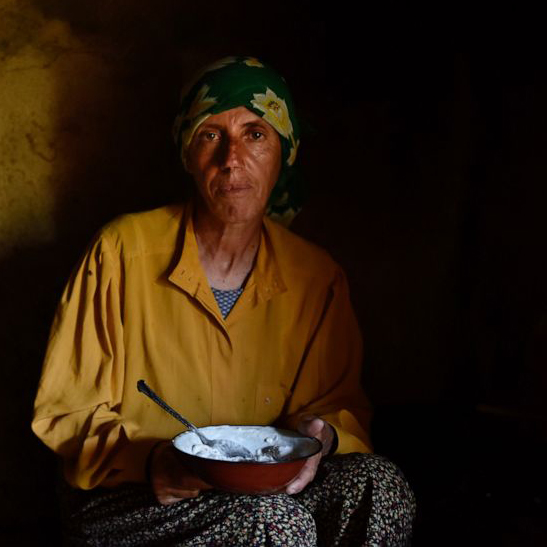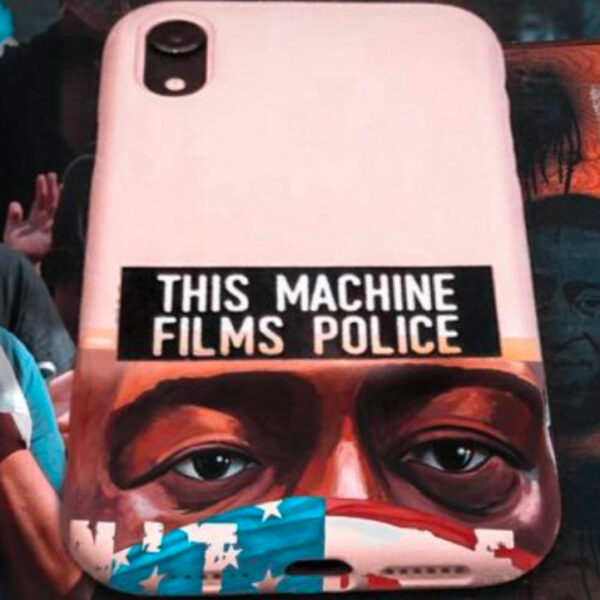Documentary theory will never be the same after the iPhone video of George Floyd being suffocated to death by Minneapolis police on May 25, 2020. Bill Nichols has prompted us in this direction of documentary spectatorship by asking whether a documentary reception mode is our “natural default” (reaction) to moving images. He returns us to that moment when we realized that “seeing is believing” could no longer be theorized away. Yet there’s more to Bill’s evidentiary “indexical whammy” or rhetorical “This happened!” Could we not also argue that the observational is the “default” mode of the hand-held camera, not just our reaction to moving images per se? Then again, the observational camera would imply (or construct) the observational viewer anyway. How many times have we made the point that the camera is a surrogate eye? I’m also inclined to stress the observational on the side of the camera eye given the recent definition of documentary as all in the way the viewer is cued to look—before even seeing. Thus the New York Times online news story, “How George Floyd Was Killed in Police Custody,” sets up documentary expectations with the frame: “This video contains scenes of graphic violence.”
The observational is the default amateur iPhone camera mode in which the operator “keeps it running.” Then continues to “keep it running,” as Jeff Skoller suggests, as an event is occurring and until something happens, that is, to follow an action to its completion. But the completion of the act of what? This convention of camera following action takes on a new horror, as he points out, since the 8 minutes and 46 seconds time it took for the police to kill Floyd is the same as the time it takes to watch aghast. Clearly, video “real time” will never be the same after the video death-by-suffocation of George Floyd. A common response was “Everyone saw what they saw in real time,” as though the uncut duration drove the evidentiary home. However, let’s not forget another difference between the Rodney King and George Floyd video footage which is in the readiness of the political interpretation, in the case of the latter, an interpretation poised and ready since 2014 when Black Lives Matter was formed in response to the deaths of Michael Brown and Eric Garner.




